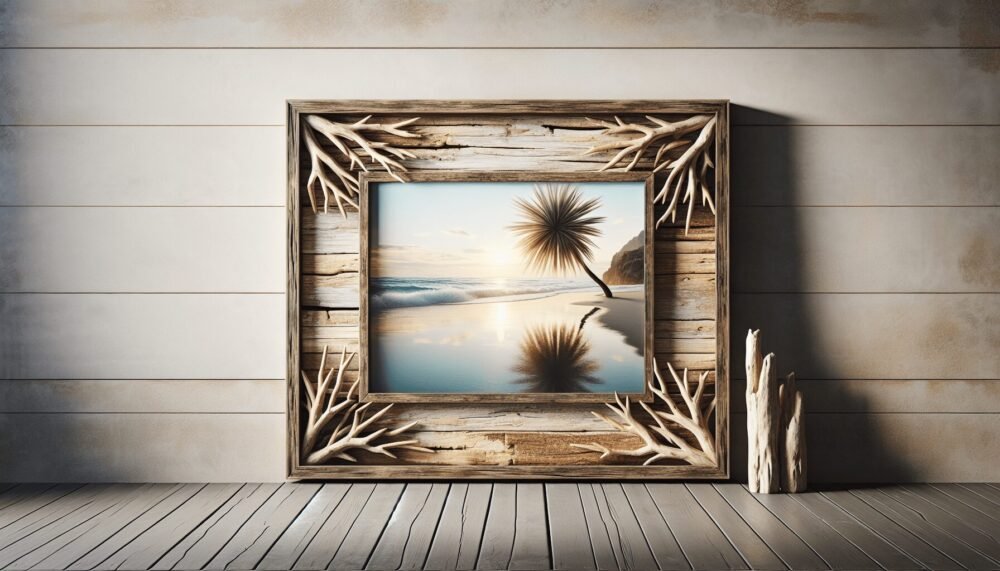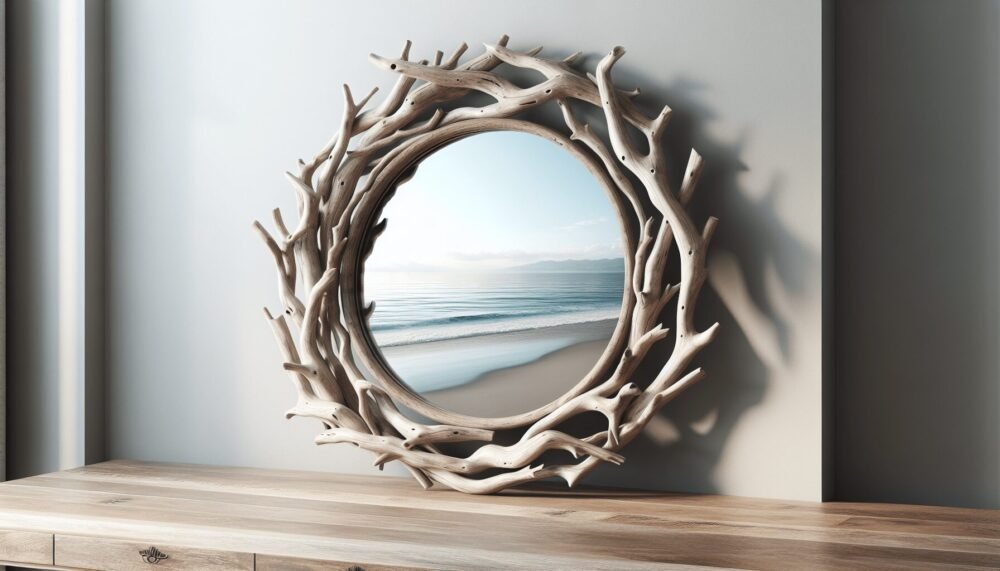Have you ever wondered about the story that a simple piece of driftwood can tell? Driftwood, shaped by the forces of nature, holds a unique elegance that speaks volumes about both its humble origins and its transformative journey. Among its many uses, one of the most poetically beautiful is its transformation into a driftwood urn.

What is Driftwood?
Driftwood is wood that has been washed ashore by the action of winds, tides, or waves. It often comes from trees that have fallen into rivers or lakes. Over time, this wood becomes smooth and weathered, taking on unique shapes and textures. The journey of driftwood is what makes each piece unique and fascinating.
Formation Process
Driftwood begins its journey as part of a tree in a forest. After falling naturally due to weather or human intervention, the wood is carried downstream by a river or floats in a lake or ocean. The wood is battered by water, ground against rocks, and eroded by sand, creating its distinct look and feel. It’s nature’s way of sculpting art.
Types of Driftwood
You might come across various types of driftwood, each with its unique characteristics:
| Type | Origin | Characteristics |
|---|---|---|
| River Driftwood | Rivers | Usually smoother due to constant water flow |
| Ocean Driftwood | Oceans | Often salt-bleached and more textured |
| Urban Driftwood | Lakes in urban areas | Can contain remnants of paint or other human materials |
Each type of driftwood holds its own story, making every piece you encounter truly one of a kind.
Uses of Driftwood
Driftwood has been used in various forms of art and practical applications for centuries. Its natural beauty and unique appearance make it a coveted material for many different uses.
Decorative Uses
People often use driftwood as a core element in home decor. From creating intricate wall hangings to simple yet elegant table centerpieces, driftwood adds a touch of rustic charm.
Functional Uses
Beyond its aesthetic appeal, driftwood is also used in making furniture, garden landscaping, and even as aquarium decorations. Its robustness, combined with its unique look, makes it a versatile material.
The Making of a Driftwood Urn
One of the most poignant uses of driftwood is in the creation of a driftwood urn. The combining of driftwood’s natural beauty and its symbolic journey makes it an exquisite choice for memorializing a loved one.
Materials Needed
Creating a driftwood urn involves gathering a few essential materials:
- Driftwood pieces
- Wood glue
- Varnish or natural oil finish
- Sandpaper
- Tools for cutting and shaping wood
Preparation
Before getting into the construction, you need to prepare your driftwood pieces. Ensure they are clean, dry, and free from any mold or insects.
- Cleaning: Use a wire brush to remove any residue.
- Drying: Let the driftwood dry naturally in a well-ventilated area.
- Inspecting: Check for any signs of rot or pests, and treat if necessary.
Construction Process
- Design: Sketch a basic design of what you want your urn to look like.
- Cut and Shape: Cut the driftwood pieces according to your design while maintaining their natural aesthetics.
- Assembly: Use wood glue to assemble the pieces. Make sure they fit snugly.
- Finishing: Sand the urn to smooth out any rough edges. Apply a varnish or natural oil to protect the wood and enhance its appearance.
Final Touches
You may want to personalize the urn with engravings or decorations that hold sentimental value. This transforms the urn from a simple container to a deeply personal keepsake.
Benefits of a Driftwood Urn
Choosing a driftwood urn offers several benefits that extend beyond its appearance. Here’s why you might consider it:
Environmental Impact
Driftwood urns are sustainable because they use naturally fallen wood that has been reshaped by nature, minimizing environmental damage. No new trees are cut down to create a driftwood urn, making it an eco-friendly choice.
Symbolism
The journey of driftwood—starting from a tree and transforming through time—mirrors life’s journey, making it symbolically profound. It provides a meaningful way to honor the departed and reflects on the transitory nature of existence.

Caring for Your Driftwood Urn
Once you have your driftwood urn, maintaining its beauty requires some care.
Cleaning
Occasionally dust the urn with a dry, soft cloth. Avoid using harsh chemical cleaners as they can damage the wood’s natural finish.
Conditioning
Depending on the finish you applied, you may need to reapply a natural oil or varnish to keep the wood conditioned and enhance its appearance. This helps protect it from drying out or cracking.
Frequently Asked Questions (FAQs)
Is Driftwood Safe to Use?
Driftwood is generally safe to use, provided it is properly cleaned and dried. Ensure there are no signs of rot or infestation before using it in any project.
How Long Does Driftwood Last?
When properly cared for, driftwood can last for many years. The natural weathering it has already undergone makes it durable and hardy.
Can You Customize a Driftwood Urn?
Absolutely! You can incorporate personal touches like engravings, decorations, or a special finish to make the urn unique to your loved one.
Conclusion
The driftwood urn encapsulates elegance, history, and meaning in a single beautiful object. It stands as a testament to the natural processes of weathering and transformation, symbolizing life’s journey in the most poetic form. Through its creation and care, you not only honor the memory of a loved one but also engage with a timeless piece of art shaped by nature itself. By choosing a driftwood urn, you are making a conscious, sustainable choice that respects both the environment and the memory of those who have passed.
Each driftwood urn tells a unique story, blending the natural beauty of the wood with the personal touches you add, making it a fitting and elegant tribute to the journey of life.

